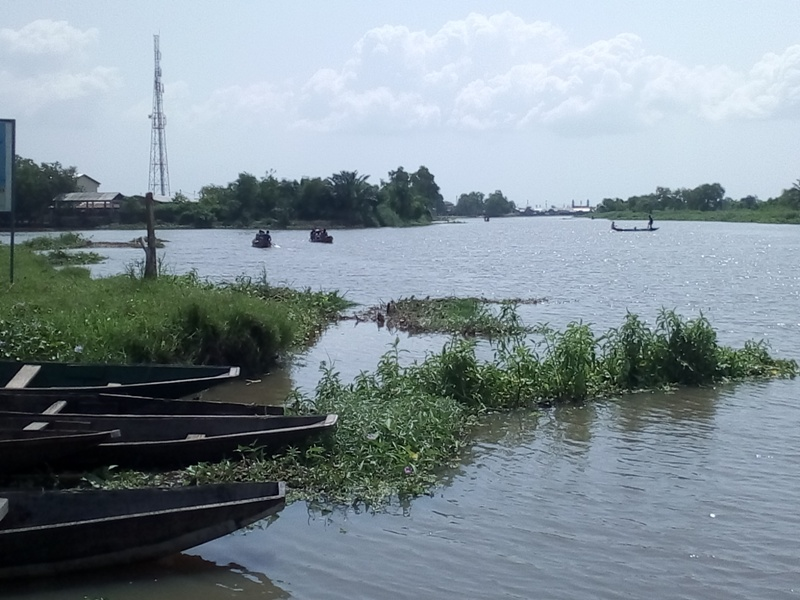SDM Project: Strengthening Resilience for Community Conservation of Biodiversity and wet ecosystems in Ouémé Valley
31.12.2019
SUBMITTED ORGANISATION
Amis de l’Afrique Francophone- Benin (AMAF-BENIN)/ Benin
PARTNER ORGANISATIONS
IDEA WILD and Nature Tropicale NGO
DATE OF SUBMISSION
31/12/2019
REGION
Africa
COUNTRY
Benin
KEYWORDS
Biodiversity, Conservation, Ecosystems, Landscapes, Seascapes
FOCAL POINT
Fataï AINA – Executive Director of AMAF-Benin NGO
LINK
Abstract
The degradation of the natural environment is of alarming importance, which persists even today and one of the obvious consequences of which is the decline in biological diversity. Benin in general and its southern part in particular does not escape this phenomenon of degradation. Indeed, the wetlands of Benin, ecosystems endowed with important resources, undergo an anthropic pressure which does not guarantee the sustainability of the resources which compose them. In addition, these areas are used as a migration corridor and nesting area for certain vulnerable and endangered species such as the African manatee.
In order to solve these problems, two main activities were developed during this project. On the one hand, there has been environmental education of local communities, through community dialogue workshops, including editing and dissemination of sustainable management rules for protection of wetland ecosystems and African manatee. On the other hand, there is the training of eco-guards, including a mangrove planting action involving local communities to ensure the success of the restoration; and support for development of alternative income-generating activities to strengthen livelihoods for communities. The results have led to better organization of local communities and better protection of biodiversity and wetland ecosystems, as well as direct benefits for community livelihoods.
The project contributed to implementation of the IPSI strategy by significantly contributing to the Aichi Biodiversity Targets by managing and maintaining the integrity of wet and vulnerable ecosystems. It contributes to the implementation of national and global biodiversity strategies and action plans, enhancement of traditional knowledge for sustainable use of biodiversity and the eradication of extreme poverty. Lessons learned from the project suggest that improving the knowledge of indigenous and local communities and building their capacity is a better way to reassure them of their responsibility and increase their influence in monitoring and conservation of SEPLS.

Ouémé Valley landscape

A village in Ouémé Valley

